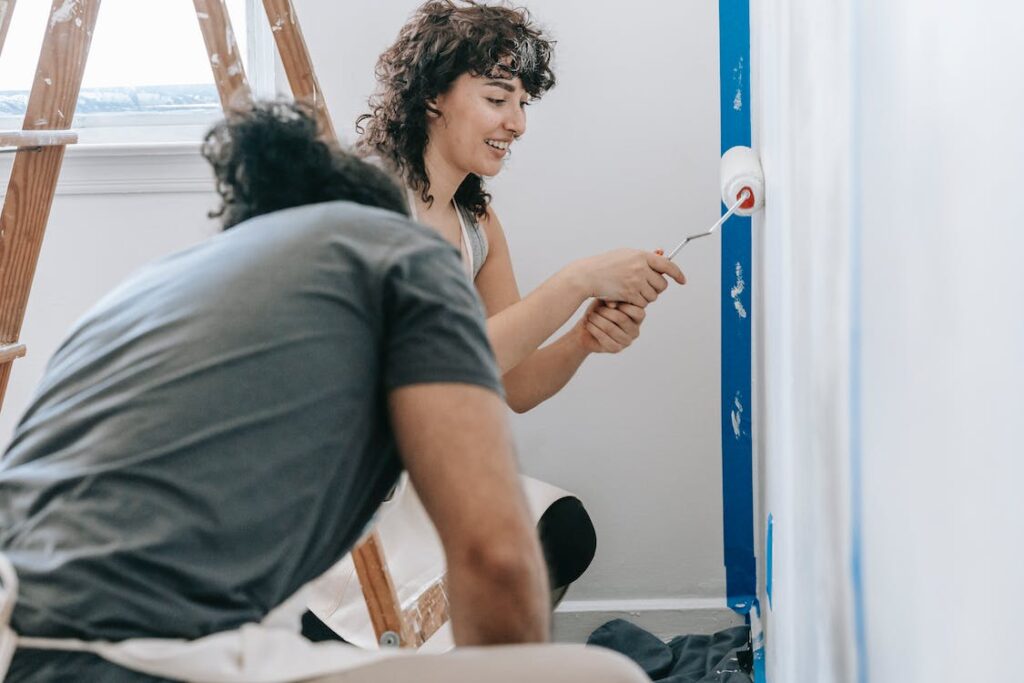
How to Draw a Bedroom: Your Step-by-Step
Are you an aspiring artist eager to learn how to draw a bedroom that exudes warmth, style, and realism? Whether you’re a beginner or looking to enhance your artistic skills, this step-by-step guide will walk you through the process of creating a captivating bedroom illustration in English. Pick up your drawing tools, and we can begin.
I. Introduction
Purpose of the Guide
Our goal here is to teach you how to draw a bedroom in a way that captures its essence and beauty. Whether it’s a cozy haven, a minimalist retreat, or a vintage-inspired boudoir, this guide has got you covered.
Materials Needed
Before diving into your artistic journey, ensure you have the following materials at hand:
- Pencils
- Erasers
- Paper
- Optional: Colored pencils, markers, or digital drawing tools for advanced techniques.
II. Basic Sketching Techniques
Starting with Basic Shapes
Begin by sketching the room’s basic structure. Use geometric shapes like rectangles for walls, floors, and ceilings. This forms the foundation of your bedroom drawing.
Perspective and Proportion
Understanding perspective is crucial to create a three-dimensional room. Pay attention to proportion, ensuring furniture and objects are accurately sized in relation to the room.

Shading and Texture
To add depth and realism, practice shading techniques. Experiment with different textures for furniture, walls, and decor elements. This will make your bedroom illustration more visually engaging.
III. Drawing the Bedroom Interior
Outline the Room Structure
Start by sketching the room’s outer structure, including walls, floor, and ceiling. Add doors and windows in their respective positions.
Adding Furniture and Decor
Place key furniture items such as the bed, dresser, and nightstand. Don’t forget to include decorative elements like paintings, rugs, and indoor plants.
Details like Lighting and Textiles
Incorporate lighting elements like curtains, lamps, and chandeliers. Pay attention to fabric textures for curtains, bedsheets, and pillows to make your bedroom feel inviting.
IV. Adding Realism and Depth
Shadows and Highlights
Create depth by adding shadows where light doesn’t reach and highlights where it does. This simple technique will give your bedroom illustration a realistic touch.
Textures and Patterns
Experiment with various textures for different surfaces, from the softness of a carpet to the grain of wooden furniture. Incorporate patterns on wallpapers, rugs, or bedding for added visual interest.
Personal Touches and Creativity
Remember, it’s your artwork. Feel free to add personal touches and unique details that resonate with your vision of a perfect bedroom.

V. Finalizing Your Bedroom Drawing
Review and Refine
Take a step back and assess your artwork critically. Make any necessary adjustments to enhance the overall composition and realism.
Sign and Date Your Artwork
Don’t forget to add your signature and date to your masterpiece. This marks your creation as uniquely yours.
Sharing Your Masterpiece
Share your bedroom illustration with friends and on social media to gather feedback and inspire fellow artists. Your art has the power to motivate and spark creativity in others.
Conclusion
Congratulations! You’ve completed your journey on how to draw a bedroom in English. With practice and dedication, your bedroom illustrations will continue to improve, reflecting your unique style and creativity. Keep drawing, exploring, and unlocking your artistic potential. Happy drawing!
